Defeating Deepfakes

How We Can Identify Convincingly Real Fake Video, Pictures, and Writing, And How We Can Push Back
Founders Odyssey Podcast – featuring Nicos Vekiarides

Learn more about the world of Ai, Nicos wealth of knowledge, and the progression they are making in helping assist companies to validate if there is fraud happening in documentation in this Founders Odyssey Podcast.
The Dark Side of Generative AI: How it Impacts Photos and Videos

While generative AI has many potential positive applications, such as generating fun art, creating virtual worlds, helping write articles and assisting in creative design, there are also negative impacts.
Announcing Deep Scan Pixel-Level Image Analysis
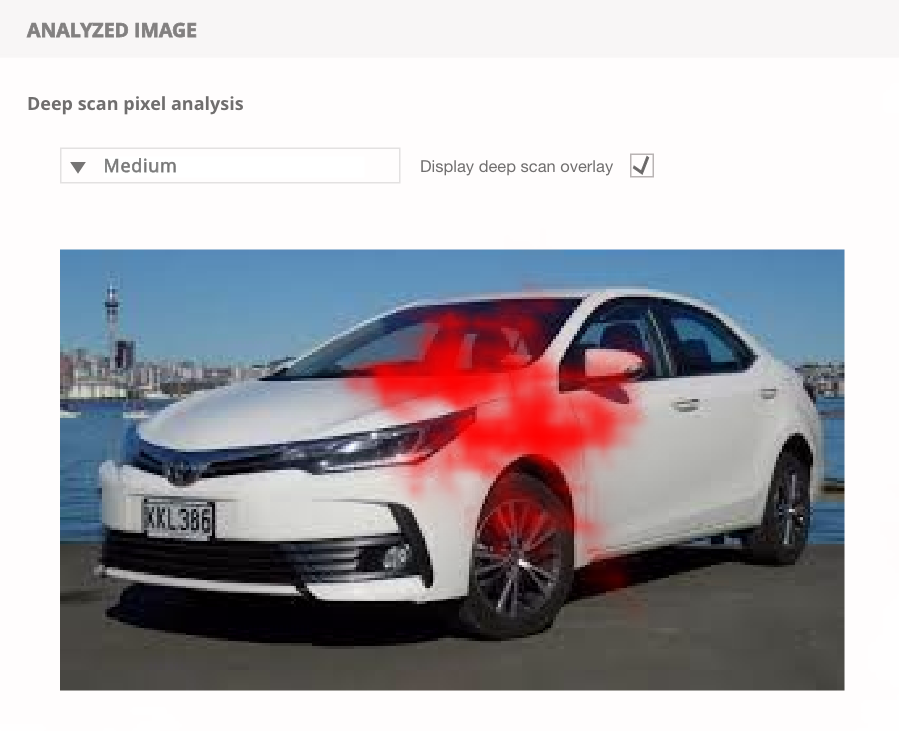
Our 50th software release ushers in exciting new technology People say that every photograph tells a story. Here at Attestiv, we can always find at least two. First, there’s the visual story in the picture. We’re used to talking about that: the objects, the people, the world we see. Second, there’s the story of where […]
Understanding Image Tamper Scoring

Attestiv uses AI to detect photo anomalies and fraud by scanning for evidence across a variety of attributes. Once our process is complete, each image receives an easy to understand tamper score.
What is digital fingerprinting?
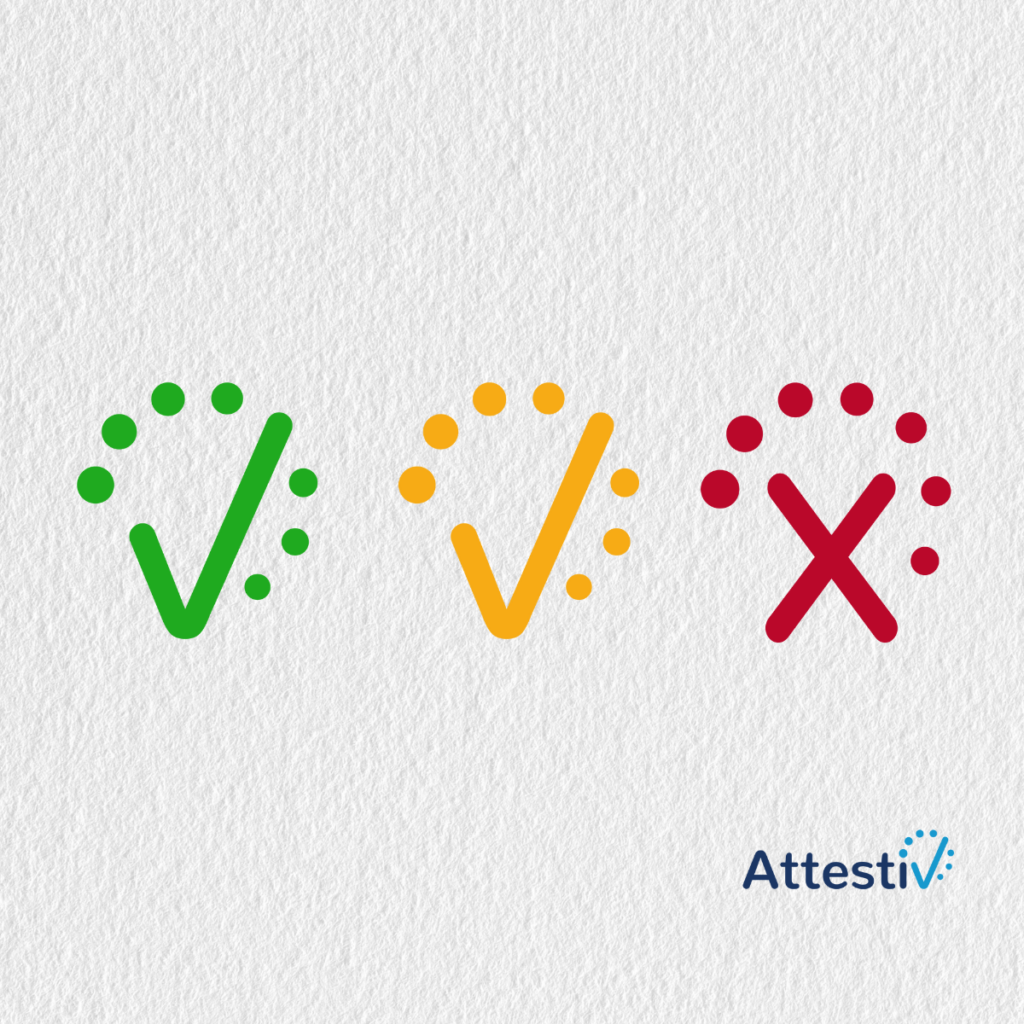
At Attestiv, we are able to secure data by fingerprinting each item to the blockchain to prevent potential inside and outside threats.
Attestiv recognized in 2021 Gartner Market Guide for AI Trust, Risk and Security Management

Attestiv named as a Representative Adversarial Attack Resistance Vendors in the AI TRiSM Market in 2011 Gartner Market Guide
Business Quality Digital Media Guideline #6: Contextual anomalies
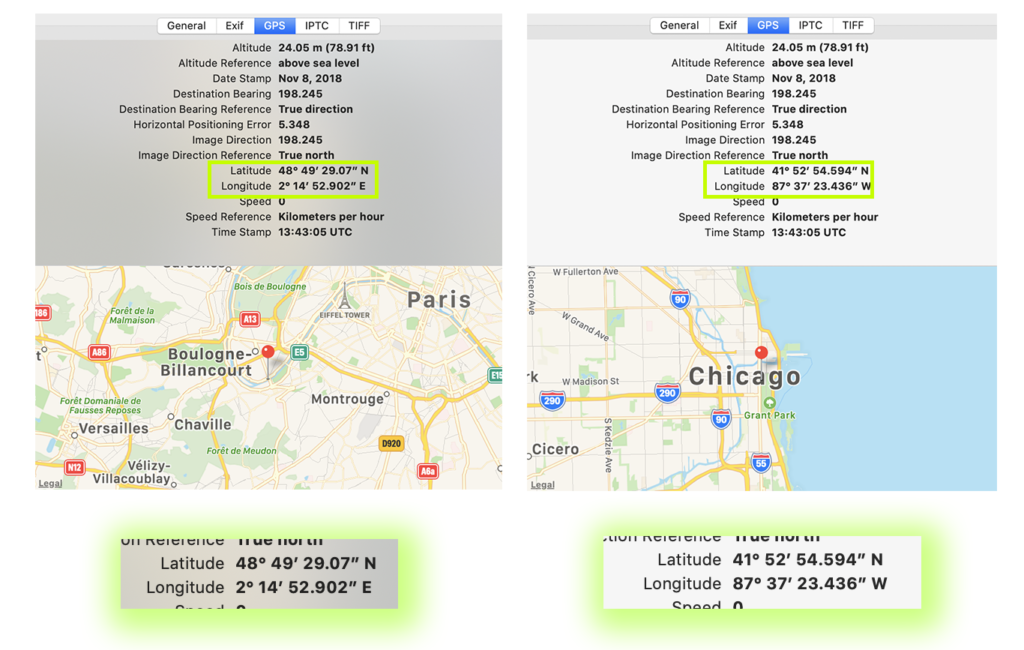
Similar to digital media processing, contextual anomalies are not a sure sign of fraud, but are useful in identifying cases where straight through processing is not appropriate and further interaction may be necessary.
Business Quality Digital Media Guideline #5: Processing
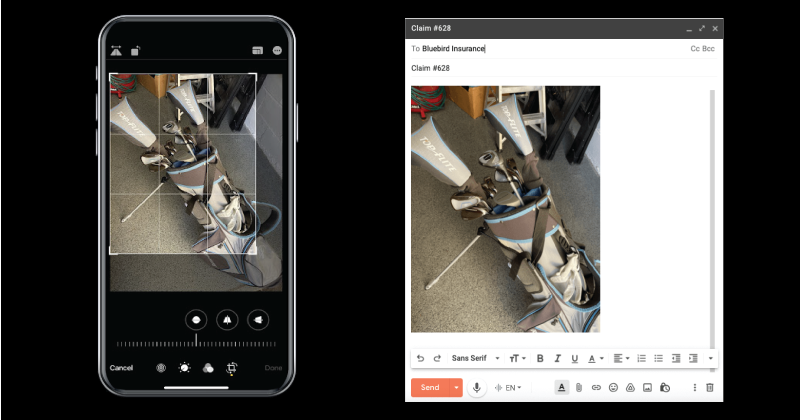
While processing can occur totally inadvertently as a result of internal operations, poorly maintained chain of custody and/or tracking changes to the media, companies should review these methods to ensure they aren’t causing more harm than good.
Business Quality Digital Media Guideline #4: Duplicates
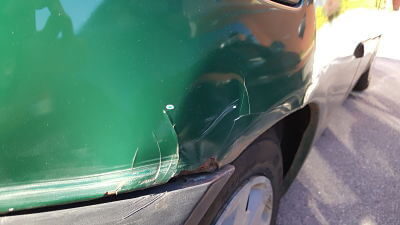
Duplication is the use of the same photos across multiple claims, whether within an insurance carrier or across carriers and this may be a sign of fraud. The ability to detect duplicate photos within or across carriers is an important tool to prevent potential fraud.

